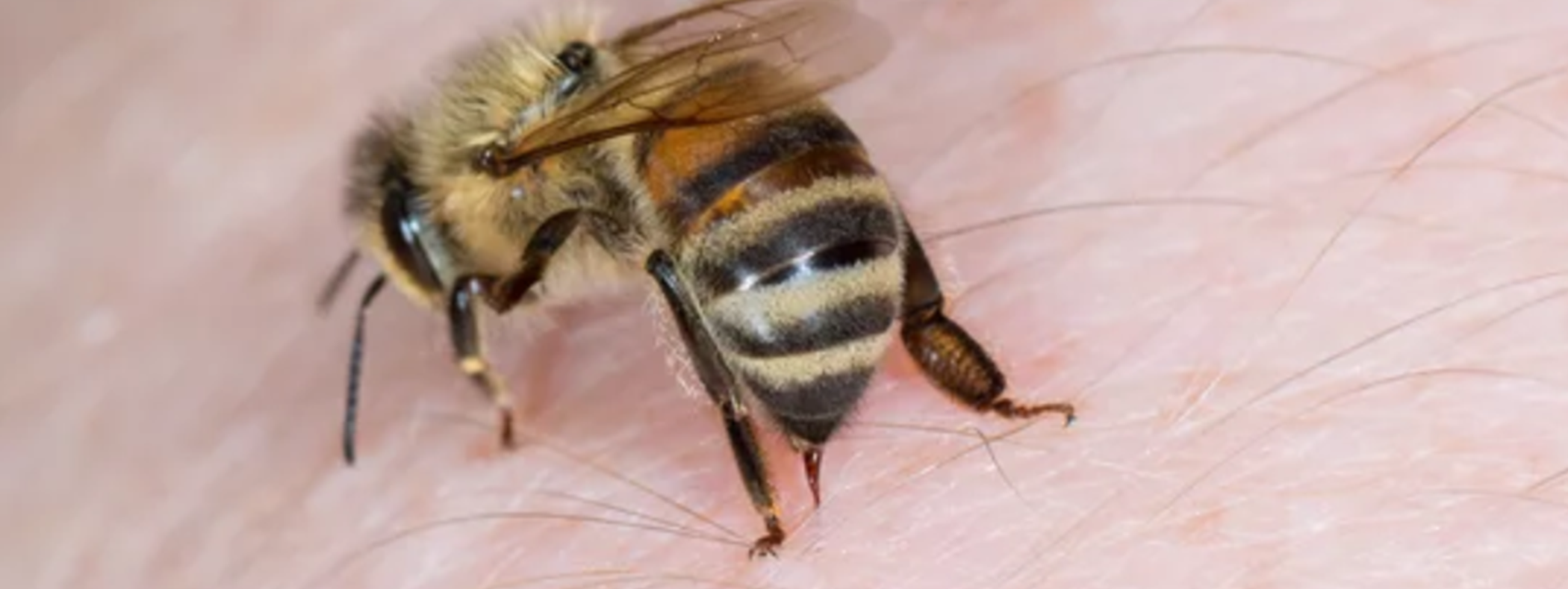Burlington Pest Control: Why Do Bees Die After They Sting?

If you find yourself getting stung by bees or wasps in your home, you may be faced with an infestation. However, contacting pest control in Burlington can leave your home looking as good as new. Here’s what you need to know about bee and wasp stings.
What’s the Difference Between Bees and Wasps?
To determine whether you have a bee or wasp infestation, looking at the insect’s appearance can give you a clue. Bees are hairy, while wasps tend to have smooth and shiny skin. In addition, wasps have four wings and usually contain distinct black and yellow bands, while bees have a lighter brown and yellow colour.
Another way to determine whether you have a bee or wasp infestation is to inspect the nest. While wasps tend to go in and out of a single hole, bees will investigate several holes over a wider area. Additionally, bees tend to be active only on sunny days, while wasp activity continues on cold, overcast days.
Why Do Bees Die After They Sting You?
One of the biggest differences between bees and wasps is their sting. Wasps are generally more aggressive and will sting unprovoked, while bees will only sting when they sense a threat to their hive. This means that when a bee is away from its hive and searching for food, it won’t sting unless someone disturbs it.
In addition, a bee dies after stinging just one person, while a wasp can sting multiple times throughout its life. A bee’s stinger consists of two barbed lancets, meaning that it has the capacity to dig deep into the flesh and embed itself into the person. However, once the bee stings someone, it can’t pull its stinger back out. Not only does the bee leave behind its stinger, but it also abandons its digestive tract, muscles and nerves. Without these vital systems, the bee experiences an abdominal rupture and dies.
If you’ve been stung by a bee, it’s essential that you remove the stinger immediately. You may have heard people tell you that you should scrape or flick the stinger off, but this can actually do more harm than good. Once the stinger is embedded in your skin, a cluster of nerve cells inside the stinger causes it to rub back and forth, digging even deeper into your skin. In addition, these nerve cells cause muscles to pump toxins out of an attached venom sac, which can lead to:
- Pain
- Swelling
- Breathing problems
- Dizziness
- Nausea
The evolutionary reason why bees die after stinging is because they’re worker bees, which means that their main function is to defend the hive. Because they don’t reproduce, the only way that their genes can get passed onto the next generation is to protect their relatives, who live inside of the hive and are able to reproduce.
When a wasp stings you, however, a sheath slips over the barbed stinger and disengages it. This means that they can fly away intact and be prepared to sting again.
How Can Bees or Wasps Be Removed?
Although there are a few steps you can take to prevent bees or wasps from invading your property, such as creating a solution of garlic and white vinegar to repel them, the quickest and most effective solution is to contact pest control in Burlington. Touching or even approaching a bee or wasp’s nest can be extremely dangerous, causing them to interpret you as a threat. On the other hand, an experienced professional can thoroughly inspect your home to determine the extent of the infestation and carefully remove any bee or wasp nests. Call Truly Nolen today to learn more about our bee and wasp removal services.